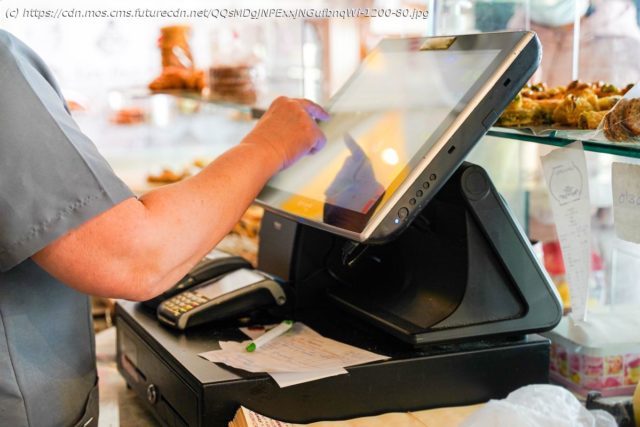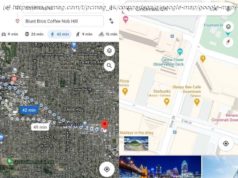Shopping for POS hardware can be overwhelming because of the sheer number of options available. Here’s how to find the best one for your business.
Transactions that take place at the point of sale are powered by two key components: software and hardware. The software is the program that facilitates the point of sale process. It allows cashiers to ring up sales, and it records transactions and stock levels in the system. POS software is undoubtedly essential in any point of sale transaction, but it won’t function without the hardware. Think of it this way: software represents the brains of the POS process, while hardware serves as the body. You need both components to initiate retail transactions. We’ve previously discussed the ins and outs of POS software, so in this article, we’ll shed light on how to select the right point of sale hardware solutions for your business. You’ll learn about the factors you should consider plus some tips on finding the right equipment for your situation. Are you looking to upgrade your point of sale to a modern POS system and benefit from its modern features? Our retail experts and certified partners can help you find the best POS solution for your business, be it a restaurant, small business, or in general retail. To request a quote, just fill in the form below to start the process. It takes less than a minute. Here’s how it works: When it comes to point of sale hardware, it helps to know your options. Here are the types of equipment usually involved in a POS hardware setup: POS display. The primary piece of equipment required to ring up sales is the point of sale display. This is the device on which cashiers will enter the information (e.g., product, pricing) to complete the transaction. POS displays can come in various forms, from a computer or laptop with a large screen to a handheld mobile device, like a smartphone. Barcode scanner. A barcode scanner is a device that can scan products into the POS system, so cashiers don’t have to do it manually. Most barcode scanners these days are lightweight and can work with devices that have USB ports. Receipt printer. If you need to print out paper receipts, then your hardware setup should include a receipt printer. Most standalone receipt printers require a power source to be plugged into. Cash drawer. This device stores cash and is connected to the receipt printer. The cash drawer is triggered by the receipt printer towards the end of the transaction. Payment terminal. The payment terminal is the device you use to process debit and credit card payments. Customers tap, swipe, or insert their card into the device, then use the keypad and signature panel to move forward with the transaction. All-in-one devices. POS equipment comes in all shapes and sizes. And while each of the devices above can be obtained and set up on their own, there are also “all in one” POS equipment that can combine these hardware pieces into one device. For instance, there are a number of POS tablets in the market that have built-in payment terminals, scanners, and printers. Looking for more information on POS systems? Try these articles: How to choose a POS system How does a POS system work? 5 ways POS systems help you manage staff As with shopping around for any business solution, you first need to figure out your specific needs.






